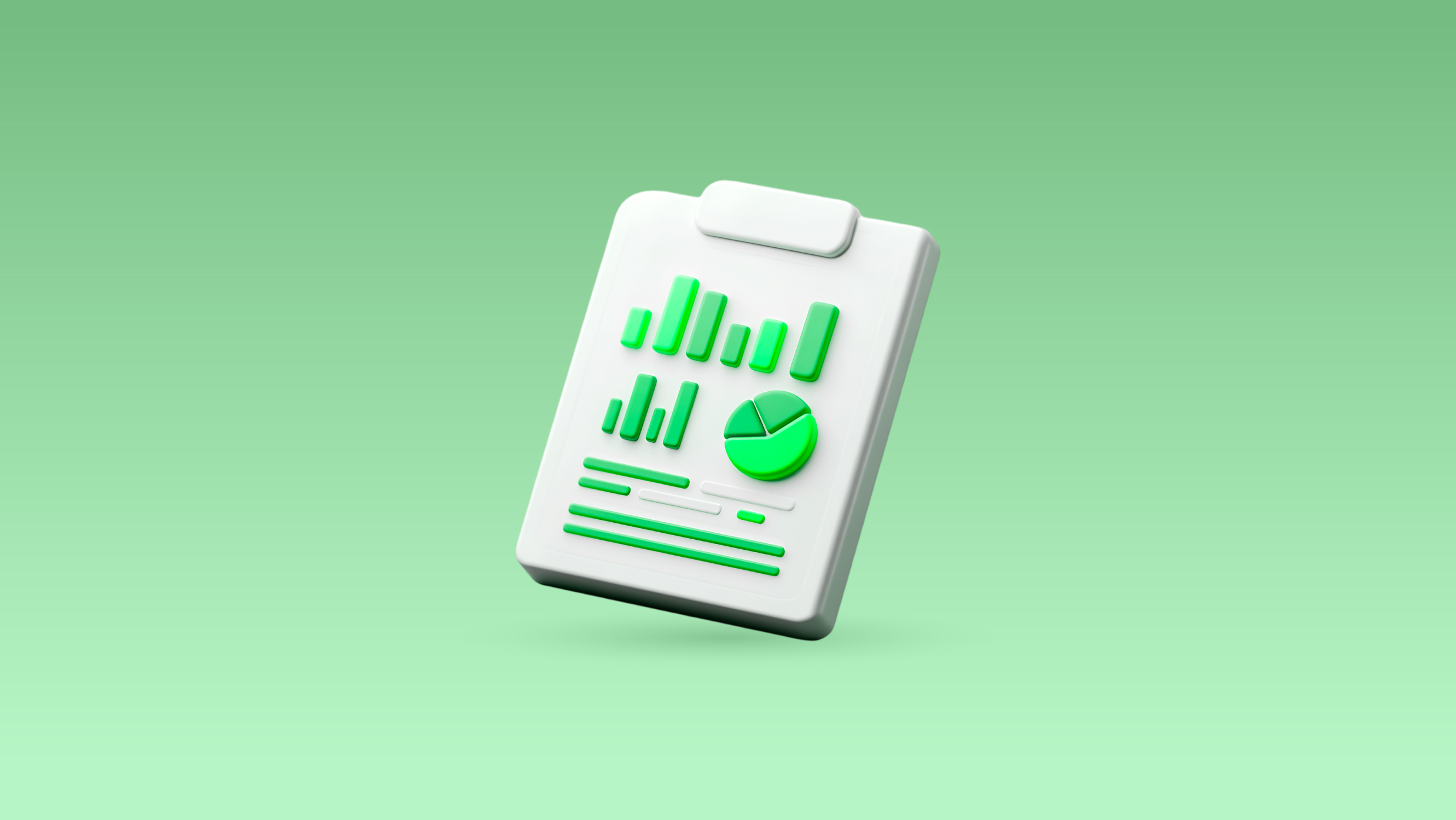Running a small business comes with many moving parts. Between managing customers, suppliers, team members, and daily operations, keeping track of your finances can quickly turn into a time-consuming task. And when your financial data is spread across different platforms—spreadsheets, bank portals, invoicing apps, and accounting software—things can get messy fast.
That’s where connected banking comes in.
It brings your business bank accounts and financial tools into one system. So instead of updating everything manually or jumping between apps, your data stays in sync and is always up to date. It’s a practical way for small businesses to save time, avoid errors, and make better financial decisions.
What Is Connected Banking?
Connected banking links your business bank accounts with your everyday financial tools—like invoicing, expense tracking, payroll, and accounting software. It creates a system where everything works together seamlessly.
So, when you send an invoice and the payment hits your bank account, it gets recorded instantly. When you make a vendor payment, it reflects in your books automatically. There’s no need to update spreadsheets, upload bank statements, or worry about missing data.
The goal is simple: less time on financial admin, more clarity on your money.
The Day-to-Day Problems It Solves
Before exploring the benefits, it’s important to first understand the common financial challenges that small businesses face on a daily basis:
- Multiple bank accounts: Managing transactions across various bank accounts makes reconciliation harder and tracking funds more confusing.
- Lack of visibility: Without a central view of cash flow, it’s hard to know where you stand.
- Scattered data: Important financial information is split between tools and emails.
- Manual work: Updating records manually takes time and increases the risk of errors.
- Delayed payments: Following up on pending invoices or missing payout deadlines becomes a recurring issue.
- Stress during tax season: When books aren’t up to date, GST filing and annual returns become overwhelming.
These aren’t just one-off issues—they affect how smoothly your business runs. And over time, they add up to lost money, missed opportunities, and extra stress.
Benefits of Connected Banking for Small Businesses
Connected banking solves these problems by keeping everything in sync and giving you real-time visibility into your business finances. Here’s how it makes a difference:
1. Real-Time View of Cash Flow
One of the biggest challenges small businesses face is knowing how much money they actually have at any given moment. With connected banking, your dashboard updates in real time as money moves in and out of your account.
You can see incoming payments, outgoing expenses, and your current balance—all without waiting for a report or logging into your bank separately. This level of clarity helps you take faster, more informed decisions.
2. Fewer Manual Tasks, Less Room for Error
Because your tools are linked, you don’t need to enter the same data in multiple places. A payment made to a supplier shows up in your ledger. A received payment is matched to its invoice. This reduces duplication, saves time, and keeps your books accurate without back-and-forth checks.
3. Better Control Over Payments
Managing payouts manually can lead to delays or missed deadlines. Connected banking allows you to schedule or approve payments directly from your platform, whether it’s for vendors, salaries, or taxes.
You can also set reminders and view upcoming payments, helping you manage cash flow better and stay on top of obligations.
4. Easier Access to Credit
When your financial data is well-organised and consistent, lenders are more likely to trust your business. Connected banking helps you build that credibility. It gives a clear picture of how your business is performing—your revenue, cash flow trends, and overall financial health.
Some platforms even use this data to offer pre-approved credit options without a lengthy application process. This can be especially helpful when you need quick access to funds to manage operations or take advantage of growth opportunities.
5. Simplified Management of Multiple Bank Accounts
Many small businesses operate with more than one bank account—for salaries, vendor payments, receipts, or taxes. Connected banking pulls in data from all your accounts into a single dashboard.
This eliminates the need to log into each bank separately, makes reconciliation easier, and gives you a complete view of your total cash position—without the clutter or confusion.
6. Automatic Bank Statement Sync
Manually downloading and uploading bank statements is time-consuming and error-prone. With connected banking, your bank statements are automatically pulled into your accounting system.
This means no more chasing files at the end of the month, and your books stay consistently updated. It also makes audits, reconciliations, and tax filing smoother and faster.
7. Better Decision-Making
With accurate and up-to-date data at your fingertips, you can make more confident business decisions. Whether it’s setting budgets, choosing the right time to invest, or knowing when to hold back, connected banking gives you the insights you need.
You’re not working off guesswork—you have the numbers to back you.
Why It Works for Small Businesses
Large companies often have in-house finance teams or advanced ERP systems to handle these tasks. But for small and growing businesses, those resources may not be available.
Connected banking fills that gap. It offers the same level of efficiency without the cost or complexity of large-scale systems. It’s simple to set up, easy to use, and helps business owners get back time to focus on what matters—building their business.
It also removes dependency on outdated methods like importing bank statements, manually creating reports, or managing records on spreadsheets. Everything happens automatically, in the background, so you can stay focused on running the business.
How OPEN Supports Connected Banking
At OPEN, we’ve built a connected banking platform tailored for small businesses. Our tools are designed to simplify financial operations without adding layers of complexity. With OPEN, you can:
- Connect your business bank account to a unified dashboard
- Track income, expenses, and cash flow in real time
- Send GST-compliant invoices and receive payments
- Manage vendor payments, salaries, and taxes easily
All of this happens in one place—so you’re not juggling between apps or worrying about errors in your books.
Conclusion
Managing your banking operations shouldn’t feel like a separate full-time job. Connected banking brings your accounts, payments, and reporting into a single system—removing the clutter and giving you better control over your money.
For small businesses, this kind of visibility and automation isn’t just convenient—it’s essential. It helps reduce stress, improve efficiency, and keep you ready for whatever comes next.
As more businesses adopt digital tools, connected banking is becoming less of a luxury and more of a standard. If you’re still relying on manual updates or scattered systems, this could be the shift your business needs.





